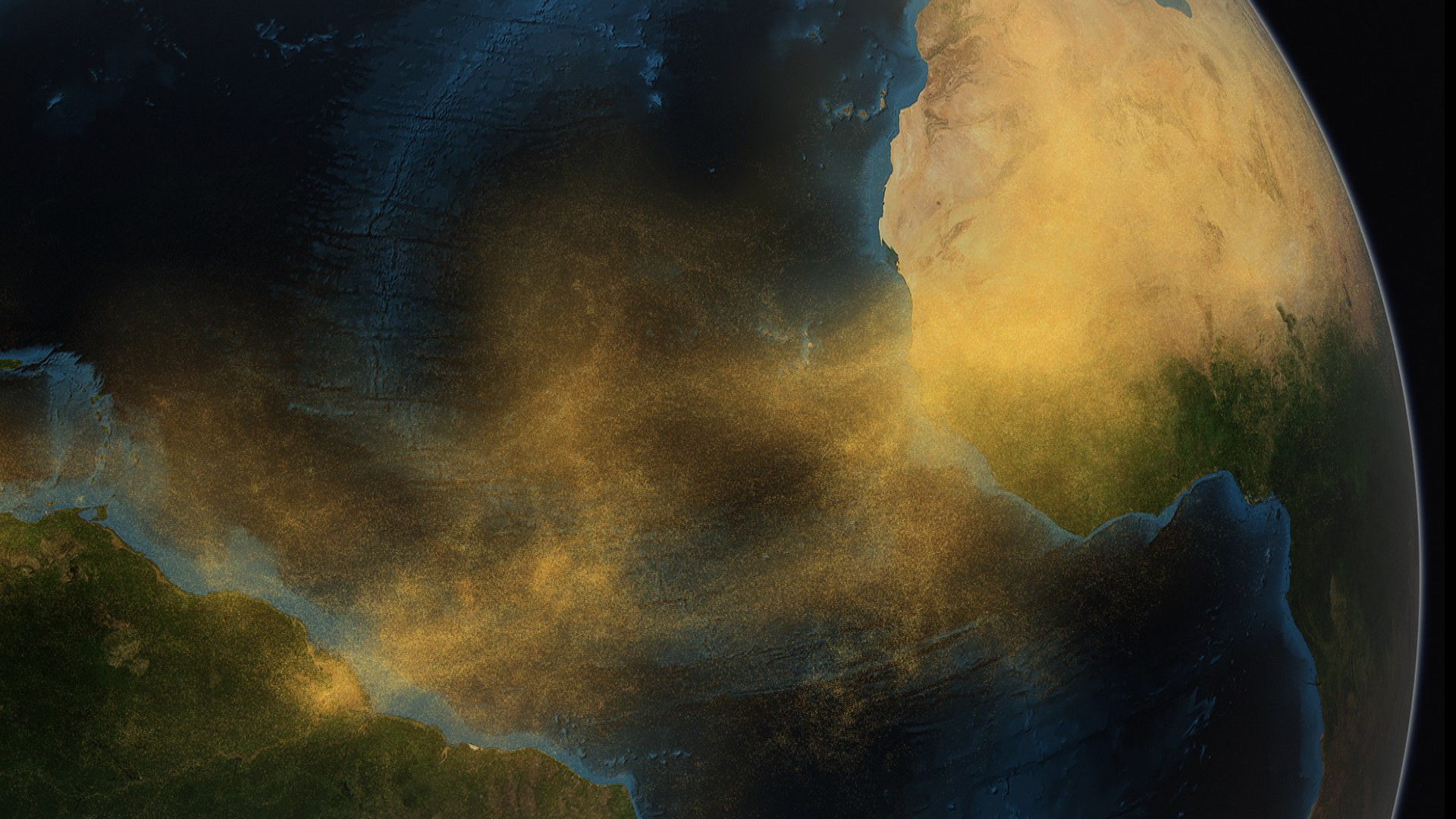The Amazon Rainforest and the Sahara Desert are compared and contrasted based on location and geography, climate, biodiversity, and human impact. The Amazon Rainforest is the largest tropical rainforest ecosystem in the world, covering about 2.1 million square miles across nine South American countries. It is home to an estimated 390 billion trees, making it a hotspot for conservation efforts. Meanwhile, the Sahara Desert is the world’s largest hot desert, stretching across 11 countries in northern Africa, characterized by an arid and hot climate. It is home to several animal and plant species that have adapted to the harsh environment. Both environments are equally amazing and warrant protection.
Introduction
The Amazon Rainforest and the Sahara Desert are two of the world’s most fascinating natural wonders. These two unique environments have distinctive characteristics that make them stand out among other natural landscapes. In this article, we will compare and contrast the Amazon Rainforest and the Sahara Desert to determine which one is more amazing.
Location and Geography
The Amazon Rainforest covers about 2.1 million square miles across nine South American countries, with Brazil having the largest share of the forest. The rainforest stretches from the Atlantic Ocean in the east to the foothills of the Andes in the west. It is home to the world’s largest river, the Amazon River, and the largest tropical rainforest ecosystem in the world.
The Sahara Desert, on the other hand, is located in northern Africa, stretching across 11 countries from the Atlantic Ocean to the Red Sea, covering about 3.6 million square miles. It is the world’s largest hot desert, characterized by its vast sand dunes, sparse vegetation, and occasional oasis.
Climate
The Amazon Rainforest is characterized by a hot, humid, and wet tropical climate throughout the year, with temperatures ranging from 70°F to 90°F. The forest receives over 100 inches of rain yearly, making it one of the wettest parts of the world.
The Sahara Desert, on the other hand, has an arid and hot climate, with temperatures ranging from 104°F to 136°F. The desert receives less than an inch of rain annually, making it the world’s driest desert.
Biodiversity
The Amazon Rainforest is home to an estimated 390 billion trees, thousands of bird species, thousands of mammal species, and over 2.5 million insect species. It contains over 10% of the world’s biodiversity, making it a hotspot for conservation efforts.
The Sahara Desert, although a harsh environment, is home to several animal species, including camels, gazelles, and desert foxes. It also has a variety of plant species, including cacti and succulents, that have adapted to the arid climate.
Human Impact
The Amazon Rainforest has been subject to deforestation due to human activities such as logging, mining, and agriculture. This has led to the loss of habitat for several animal and plant species, as well as the displacement of indigenous people who depend on the forest for their livelihoods.
Similarly, the Sahara Desert has been subject to human activities such as overgrazing and desertification, which has led to the loss of fertile land, resulting in food insecurity for several communities in the region.
Conclusion
Both the Amazon Rainforest and the Sahara Desert have unique characteristics that make them amazing in their own ways. The Amazon Rainforest is known for its biodiversity and is essential for preserving the world’s climate. The Sahara Desert, on the other hand, stands out because of its harsh environment and the adaptability of the species that call it home. Ultimately, both environments are equally incredible and deserving of our appreciation and protection.
